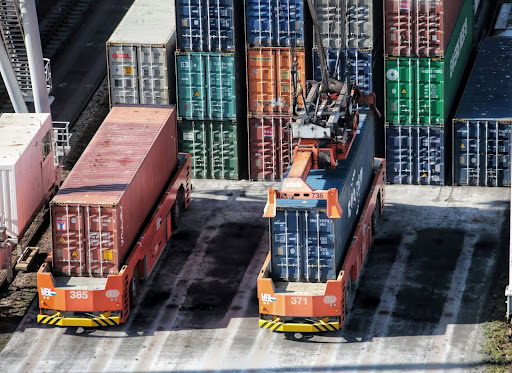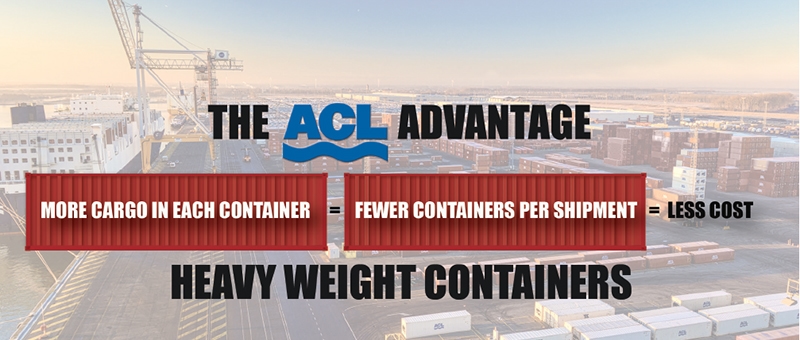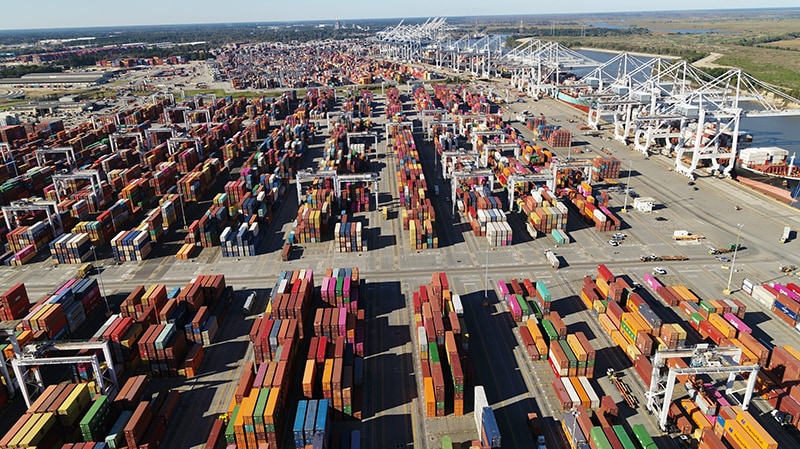Articles
Drayage

Drayage vs Intermodal: Explaining Two Connected Transportation Modes
Efficient logistics rely on different modes of transportation to move freight smoothly from one point to another. Two crucial methods are drayage and intermodal transportation, each serving distinct roles in the supply chain. Both methods handle goods efficiently but differ in scope and purpose. Drayage focuses on short-distance transport, often between transportation hubs like rail […]
Read More
What is Cartage in Shipping and Logistics? Definition, Types, and Process
Cartage services play a crucial role in enhancing the efficiency and effectiveness of cargo transportation, especially over short distances. Through various types, such as local, terminal, and pier cartage, these services ensure that freight reaches its final destination promptly and securely.
Read More
Load More Per Container to Cut Freight Costs
Containers that reach maximum weight capacity before the container is filled have a high price tag to ship. Cut freight costs by loading more in every container.
Read More
Technology Brings A New Dawn for Drayage
It’s a new day for the drayage industry as it attracts investments in technology to transform a crucial, but long-overlooked, component of the supply chain.
Read More
TAKEAWAYS: Shaping the Future of the Global Supply Chain
From shipper expectations for the last quarter of 2023 to a regulations roundup, here’s how companies can navigate the peak season and keep freight moving while limiting costs.
Read More
Syfan Logistics Provides Safe Harbor for Manufacturer with Drayage Delays
Through front-end service and being available when others aren’t, Syfan Logistics helped a heavy machinery manufacturer avoid millions in losses.
Read More
The Benefits of Real-Time Visibility in Drayage Operations
Integrating real-time visibility into drayage operations can bring process improvements as well as increase customer satisfaction. Here’s how.
Read More
How to Choose Drayage Software That Keeps You Ahead of the Game
Here’s a guide through the process of successfully selecting the best drayage software for your business.
Read More